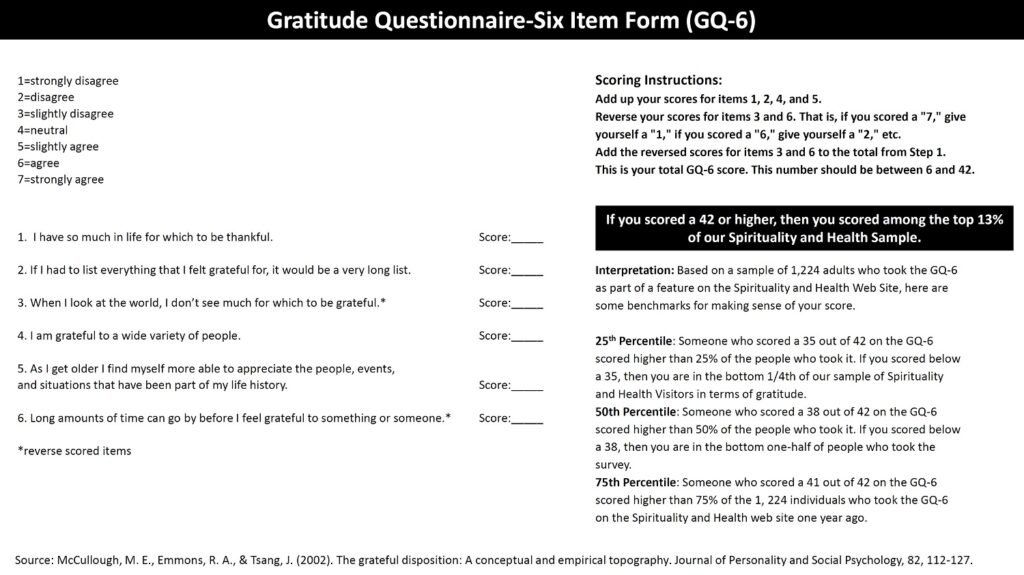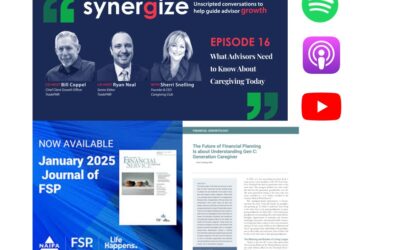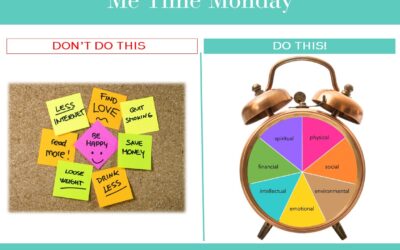September is National Self-Care Month and no better time for emotionally exhausted family caregivers to turn to a Me Time Monday superpower boost: gratitude.
Author of “Me time Monday” – Sherri Snelling
What is gratitude?
Gratitude has been defined as our “social glue.” Scientists believe it involved evolutionary adaptation that allowed humans to survive and thrive by creating communal, social circles and by practicing reciprocal altruism – or in simpler terms, it is the feeling of reward and “paying it forward.”
But is gratitude an emotion? A behavior? A personality trait? Robert Emmons and Michael McCullough, two of the world’s top scientific experts on gratitude, define it as “recognizing one has experienced a positive outcome and that there was an external source for this positive outcome.” However, the source of our gratitude does not have to be another person. It can be faith, nature, art – a sense of spirituality. In fact, gratitude is a tenet of many religions including Judaism, Christianity, Islam, Buddhism and Hinduism.1
Emmons described three powerful positive impacts of gratitude on overall health:
1. Amplifies good in our lives that we see in ourselves and others.
2. Rescues us from toxic feelings by offsetting chronic negativity we may feel within and without.
3. Connects us with each other – strengthens and solidifies our relationships with friends, family, neighbors and co-workers.
Gratitude Has an Accrual Effect on Wellness and Healthy Behavior
Numerous studies have been done over the last 20 years exploring the positive health impact of gratitude. By practicing gratitude on a daily basis, scientists have shown we remove toxic emotions and feelings from our body and this in turn makes us healthier.
The other finding from research is gratitude continues to grow over time. An important study looking at links for improved mental health and gratitude found expressing gratefulness through written thank you letters had a cumulative effect – with greater feelings of positivity and gratitude growing over time after 4 weeks and increasing again after 12 weeks. Just like the rings inside of a tree trunk as it ages, gratitude can grow to make you healthier and live longer.2
For instance:

A 2011 study published in Applied Psychology: Health and Well-Being showed that spending just 15 minutes jotting down a few grateful sentiments before bed may mean sleeping better and longer.2 
In an 11-week study, the people who kept a weekly gratitude journal exercised 40 minutes more per week than the control group.3
How to Practice Gratefulness
Most experts agree that gratefulness is very personal. While some people can simply think about their gratitude to experience health benefits, others get greater benefit from writing in a journal or writing a thank you letter – even if the letter is never sent. Here are Emmons’s tips for achieving the greatest benefits from writing about grateful thoughts:
- Don’t just list things or people you are grateful for – give details and explain how you feel.
- Blend gratitude about “things” such as good health with gratitude for people such as the loved one you care for and the quality time you spend together or stories you have learned.
- Focus on positive feelings and outcomes – don’t allow the negative or challenging thoughts to intrude on your exercise.
- Savor surprises – write about what has brought you joy, not just happy moments but a joyful life and especially things you did not plan or expect.
Take the Gratitude Questionnaire (GQ-6)
This questionnaire was created by researcher Michael McCullough. Using the scale below as a guide, write a number beside each statement to indicate how much you agree with it. The higher your score, the more health benefits you may derive from gratitude.

References
1 McCullough, M. E., Emmons, R. A., & Tsang, J. A. (2002). The grateful disposition: a conceptual andempirical topography. Journal of personality and social psychology, 82(1), 112.
2 Wong, Y. J., Owen, J., Gabana, N. T., Brown, J. W., McInnis, S., Toth, P., & Gilman, L. (2018). Doesgratitude writing improve the mental health of psychotherapy clients? Evidence from a randomized controlled trial. Psychotherapy Research, 28(2), 192-202.
3 Digdon, N., & Koble, A. (2011). Effects of constructive worry, imagery distraction, and gratitudeinterventions on sleep quality: A pilot trial. Applied Psychology: Health and Well‐Being, 3(2), 193-206.
4 McCullough, M. E., & Emmons, R. A. (2003). Counting blessings versus burdens: An experimentalinvestigation of gratitude and subjective well-being in daily life. Journal of Personality and Social Psychology, 84(2), 377-389.
5 Armenta, C., Fritz, M., & Lyubomirsky, S. (2017). Functions of Positive Emotions: Gratitude as aMotivator of Self-Improvement and Positive Change. Emotion Review, 9(3), 183–190. https://doi.org/10.1177/1754073916669596
6 Hill, P. L., Allemand, M., & Roberts, B. W. (2013). Examining the pathways between gratitude and self-rated physical health across adulthood. Personality and individual differences, 54(1), 92-96.
©2021 Sherri Snelling






0 Comments